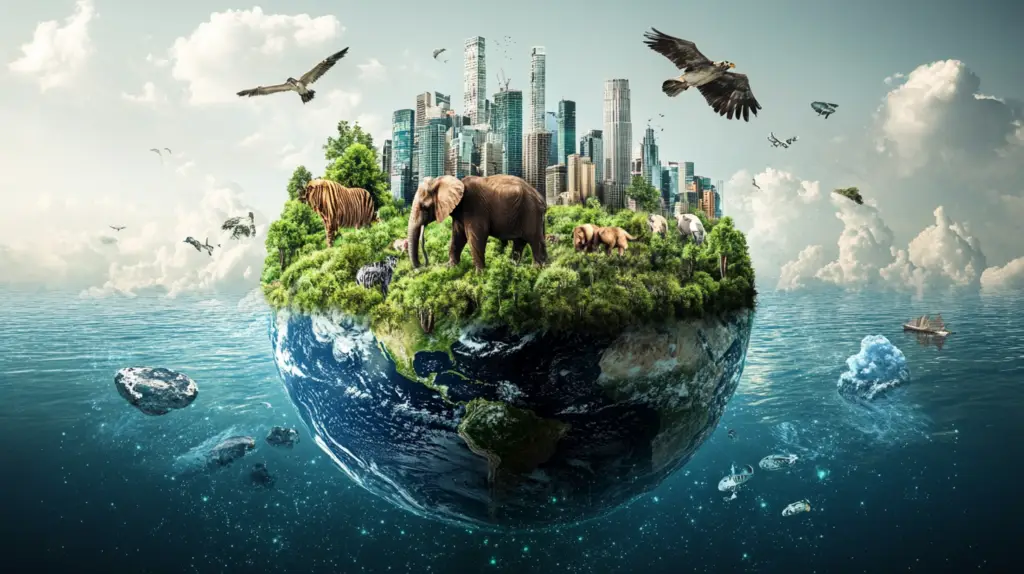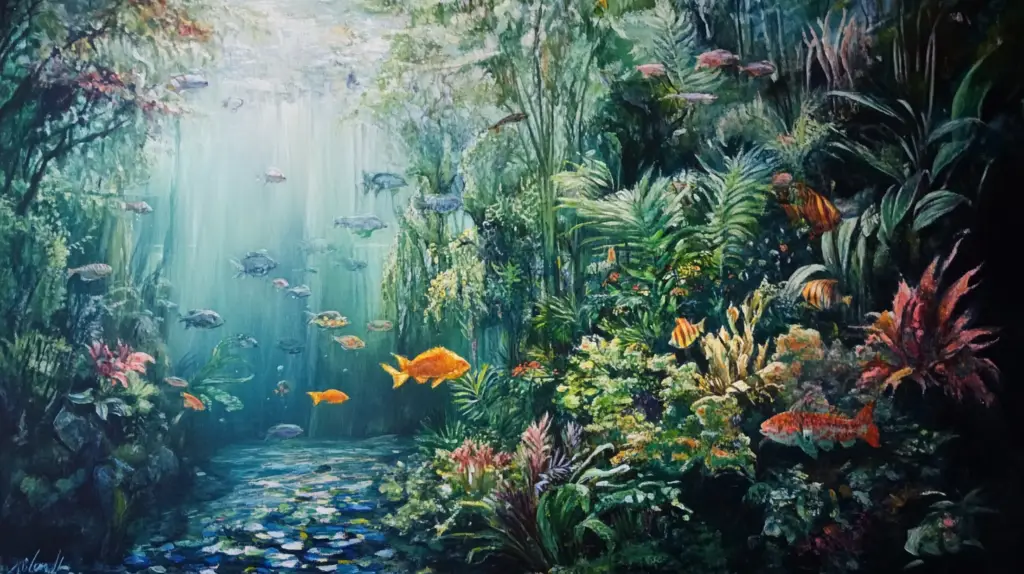Climate change represents one of the most significant threats to biodiversity and ecosystem stability in our time. As global temperatures continue to rise and weather patterns become increasingly unpredictable, wildlife populations and their habitats face unprecedented challenges. Understanding these impacts is crucial for developing effective conservation strategies and mitigating future damage.
Temperature Changes and Wildlife Adaptation
Shifting Migration Patterns
As temperatures rise, many species are altering their traditional migration routes and timing. Birds are arriving earlier at breeding grounds, and some species are wintering further north than ever before. This disruption can lead to misalignment with food sources and breeding cycles, potentially threatening population sustainability.
Species Distribution Changes
Wildlife populations are increasingly moving towards higher latitudes and altitudes in search of suitable climatic conditions. This geographical redistribution affects not only the migrating species but also the ecosystems they leave behind and those they enter, creating new competitive dynamics and predator-prey relationships.
Physiological Stress and Adaptation
Many species struggle to cope with rising temperatures, particularly in polar and tropical regions. Some animals are developing new behavioral patterns or physical characteristics to adapt, while others face potential extinction due to their inability to evolve quickly enough.

Impact on Marine Ecosystems
Ocean Acidification
Rising carbon dioxide levels are increasing ocean acidity, severely impacting marine life. Coral reefs, often called the rainforests of the sea, are particularly vulnerable. Their degradation threatens countless species that depend on these complex ecosystems for survival.
Sea Level Rise
Coastal habitats face inundation as sea levels rise, threatening nesting sites for sea turtles, breeding grounds for seabirds, and crucial mangrove ecosystems. These changes ripple through entire food webs, affecting both marine and terrestrial species.
Marine Food Web Disruption
Changes in water temperature and chemistry affect plankton populations, the foundation of marine food webs. This disruption impacts everything from small fish to large marine mammals, potentially leading to widespread ecosystem collapse.
Forest Ecosystem Changes
Wildfire Intensity and Frequency
Climate change is increasing the frequency and intensity of wildfires, destroying habitats and forcing wildlife displacement. While some ecosystems are fire-adapted, the current rate and scale of fires exceed natural patterns, threatening biodiversity.
Forest Composition Shifts
Rising temperatures and changing precipitation patterns are altering which tree species can thrive in different regions. This shift affects the entire forest ecosystem, from soil microorganisms to large mammals that depend on specific plant species for food and shelter.
Disease and Pest Outbreaks
Warmer temperatures enable certain pests and diseases to survive winter months and expand their range, leading to increased tree mortality and ecosystem stress. The mountain pine beetle epidemic in North American forests serves as a prime example.

Impact on Freshwater Systems
Water Availability and Quality
Changes in precipitation patterns affect water availability in lakes, rivers, and wetlands. This impacts aquatic species directly and creates ripple effects throughout terrestrial ecosystems that depend on these water sources.
Temperature-Sensitive Species
Many freshwater species, particularly amphibians and cold-water fish like salmon, are highly sensitive to temperature changes. Even small increases in water temperature can affect their breeding success and survival rates.
Wetland Degradation
Wetlands, crucial habitats for numerous species and important carbon sinks, face threats from both drought and flooding. Their loss impacts water quality, flood control, and biodiversity.
Solutions and Conservation Efforts
Protected Area Networks
Establishing and maintaining connected protected areas helps species migrate and adapt to changing conditions. Corridor conservation becomes increasingly important as wildlife populations shift their ranges.
Habitat Restoration
Active restoration of degraded ecosystems can increase resilience to climate change impacts. This includes reforestation, wetland rehabilitation, and coral reef restoration projects.
Species Management and Monitoring
Conservation efforts increasingly focus on identifying and protecting climate-vulnerable species. This includes captive breeding programs, assisted migration, and continuous population monitoring.

Future Implications
Tipping Points and Cascading Effects
Scientists warn of potential ecological tipping points where sudden, dramatic changes could occur in ecosystems. Understanding and preventing these critical thresholds is essential for conservation success.
Evolutionary Responses
Some species may adapt to climate change through evolutionary responses, but this process takes time. Research into which species might successfully adapt helps inform conservation priorities.
Human Impact and Solutions
The effects of ecosystem disruption extend to human communities that depend on natural resources. Implementing climate change mitigation strategies benefits both wildlife and human populations.

Conclusion
The impact of climate change on wildlife and ecosystems represents a complex challenge requiring immediate action. While some species show remarkable adaptability, many face unprecedented threats to their survival. Understanding these impacts helps inform conservation strategies and emphasizes the urgent need for climate change mitigation. As we continue to observe and document these changes, it becomes increasingly clear that protecting biodiversity requires both local conservation efforts and global action to address climate change.
Only through combined efforts to reduce greenhouse gas emissions, protect and restore habitats, and support species adaptation can we hope to preserve the rich biodiversity that makes our planet unique. The choices we make today will determine the future of countless species and the health of ecosystems worldwide.

